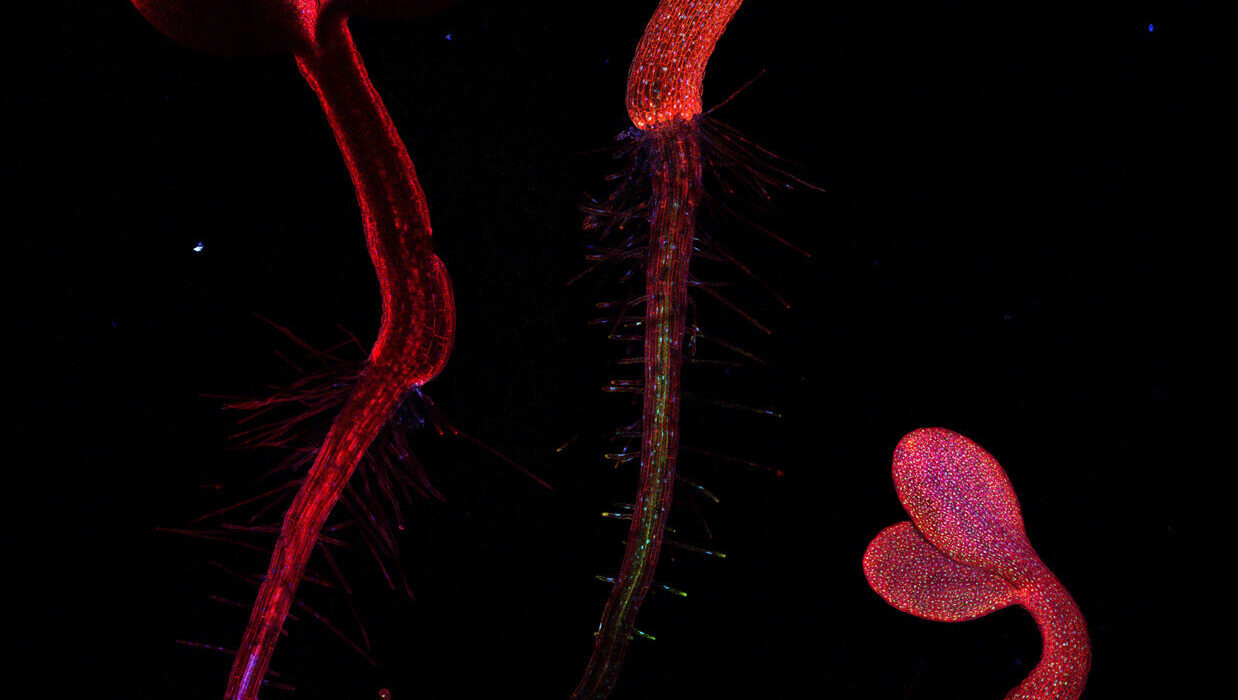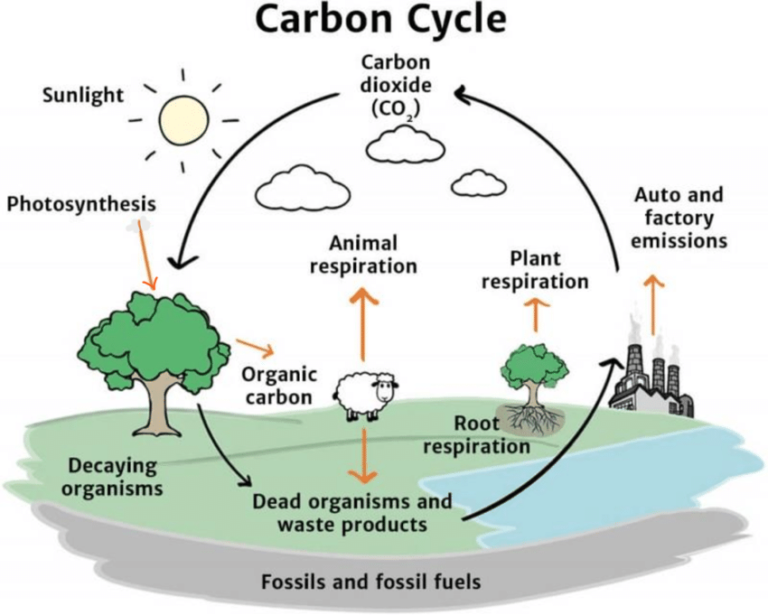Every moment of every day, your body is at war. This war isn’t fought with swords or bullets, but with molecules, proteins, and cells. It’s a ceaseless, microscopic battle in which viruses, bacteria, fungi, and parasites try to infiltrate, replicate, and survive—while your immune system tirelessly hunts, destroys, and remembers.
But as powerful and sophisticated as our immune defenses are, pathogens have evolved with equal cunning. They are not mindless invaders; they are biological tacticians—constantly evolving, learning, adapting. This is the story of immune evasion: a high-stakes chess match between lifeforms, where the prize is survival, and the cost is often measured in disease and death.
Understanding how pathogens outsmart our immune system is essential not just to understanding disease, but to unlocking future breakthroughs in vaccines, therapies, and even cancer treatments. The strategies are diverse, astonishing, and sometimes brutal.
The Origins of the Arms Race
Life on Earth is ancient—so is disease. As soon as multicellular organisms emerged, so did the need for defense against microbial invasion. The immune system, one of the most sophisticated biological systems in existence, evolved over millions of years to detect and eliminate pathogens. From simple phagocytic cells in invertebrates to the complex adaptive immunity of humans, evolution crafted a powerful guardian.
But evolution cuts both ways. Pathogens, under constant pressure to survive, developed countermeasures. These weren’t conscious strategies, but the result of natural selection—random mutations that allowed some microbes to evade detection or destruction, passed down through generations.
What emerged is an evolutionary arms race: each new innovation in immunity triggered a response in microbial adaptation. As the immune system developed new tools—antibodies, killer T-cells, memory cells—pathogens countered with cloaking devices, genetic shape-shifting, and biological sabotage.
Disguises in the Dark: Antigenic Variation
One of the most common tricks pathogens use is to simply change their appearance. The immune system identifies invaders by their surface proteins—unique molecular signatures called antigens. But if those antigens keep changing, the immune system struggles to keep up. This sleight of hand is called antigenic variation.
The influenza virus is a master of this tactic. Every year, it subtly alters the structure of two key surface proteins—hemagglutinin and neuraminidase—through mutations. This is why last year’s flu shot might not protect you this year. Sometimes, the virus makes even larger changes by swapping entire gene segments with other flu strains. These antigenic shifts can lead to pandemics, like the 1918 Spanish flu.
Trypanosoma brucei, the parasite responsible for African sleeping sickness, uses a more calculated approach. It possesses a vast library of genes encoding variant surface glycoproteins and switches them on and off, one at a time, creating waves of infection and immune escape. Each time the immune system adapts, the parasite has already changed clothes and vanished into the cellular crowd.
Cloaks of Invisibility: Hiding from Detection
Some pathogens evade immune recognition by hiding where immune cells struggle to reach. Viruses often take shelter inside host cells, using the body’s own membranes as cover. HIV, for example, integrates its genetic material into the DNA of immune cells, turning the very defenders of the body into viral factories.
Herpesviruses go a step further by establishing latent infections. They remain dormant in neurons or immune cells for years, invisible to immune surveillance. Then, when conditions are right, they reactivate, causing cold sores, shingles, or worse.
Bacteria, too, can vanish from immune radar. Mycobacterium tuberculosis, the agent of tuberculosis, takes refuge inside macrophages—the very cells meant to destroy it. Once inside, it prevents the cell from digesting it, manipulating its environment to create a protective bubble. There it can persist for years, even decades, waiting for the immune system to weaken.
Sabotaging the Alarm System
Pathogens have also learned to interfere with the immune system’s early-warning mechanisms. When a pathogen invades, cells release chemical signals called cytokines and chemokines to alert and recruit immune cells. But some pathogens block or subvert these signals.
The Ebola virus, for example, produces proteins that prevent infected cells from signaling for help. It disrupts the production of interferons, molecules that normally activate antiviral defenses. As a result, the infection spreads rapidly before the immune system can respond.
Poxviruses, including smallpox, encode proteins that bind and neutralize cytokines, intercepting the chemical cries for help before they can reach nearby cells. It’s as if the city’s fire alarms have been disabled in the middle of an arson attack.
Even bacteria join in this sabotage. Yersinia pestis, the bacterium responsible for the Black Death, injects proteins into immune cells using a needle-like apparatus called a type III secretion system. These proteins block phagocytosis, shut down signaling pathways, and disarm the immune response at its source.
Mimicry: The Trojan Horse Strategy
Some pathogens imitate host molecules to trick the immune system into thinking they belong. This is called molecular mimicry, and it’s as elegant as it is dangerous.
Group A Streptococcus, the cause of strep throat, has surface proteins that closely resemble human heart tissue. The immune system attacks the bacteria—but sometimes, it also attacks the heart. This autoimmune misfire can lead to rheumatic fever, a potentially deadly complication.
Helicobacter pylori, the bacterium that causes stomach ulcers, mimics certain gastric proteins, reducing immune targeting and allowing chronic infection. It has even been implicated in gastric cancer due to long-term inflammation.
Viruses, too, adopt this disguise. Some herpesviruses produce proteins that mimic cytokines or their receptors, tricking immune cells into lowering their guard. It’s a biological con game—using the body’s own rules against itself.
Suppression and Subversion: Disabling the Defenders
Beyond hiding and disguising, some pathogens go on the offensive. They actively suppress or redirect the immune response.
HIV is notorious for this. It targets CD4+ T cells—central players in coordinating the immune response. By killing or disabling these cells, HIV slowly dismantles the immune system, leaving the body vulnerable to other infections. Over time, this leads to AIDS: acquired immunodeficiency syndrome.
Other viruses use similar tactics. Measles virus can temporarily erase immune memory, making a person susceptible to infections they had already overcome. It’s as if the immune system forgets how to fight old enemies.
Parasites are equally ruthless. Leishmania, a protozoan spread by sandflies, infects macrophages and reprograms them to become less responsive. Instead of destroying the invader, the cells become passive hosts.
Some pathogens even interfere with antigen presentation—the process by which infected cells show pieces of the invader to alert T cells. Epstein-Barr virus and cytomegalovirus produce proteins that block this presentation, essentially erasing their presence from immune visibility.
Mutation and Recombination: Rolling the Genetic Dice
Mutation is the raw material of evolution—and pathogens mutate fast. With short generation times and enormous population sizes, viruses and bacteria can explore genetic possibilities at breakneck speed.
RNA viruses like HIV and SARS-CoV-2 mutate rapidly because their replication enzymes are error-prone. These mutations may be harmful, neutral, or beneficial—but occasionally, a mutation improves the virus’s ability to escape immunity or transmit more efficiently.
Recombination adds another layer of complexity. When two viruses infect the same cell, they can swap genetic material. This can create entirely new variants, combining traits from both parents. Coronaviruses are especially adept at this.
In bacteria, horizontal gene transfer allows the sharing of genes not just between individuals, but between species. Antibiotic resistance genes can spread like wildfire. Likewise, genes that help bacteria avoid immune detection or produce toxins can be acquired from neighbors.
Biofilms: Fortresses of Resistance
Some bacteria avoid immune destruction by organizing into biofilms—dense, slimy communities encased in protective matrices. Biofilms form on teeth (plaque), catheters, lungs (in cystic fibrosis), and even heart valves.
Inside a biofilm, bacteria are much harder to kill. Immune cells struggle to penetrate, and antibiotics have difficulty reaching therapeutic levels. Communication within the biofilm—called quorum sensing—allows the community to coordinate defenses and adapt to threats.
Biofilms represent a collective survival strategy, not just a single bacterium hiding, but a society of microbes working together to defy immune attack.
Immune Evasion in Chronic Infections
Not all pathogens aim for a quick infection followed by escape or elimination. Some are built for the long game.
Hepatitis B and C viruses establish persistent infections in the liver, evading immune clearance for decades. They do this through a mix of stealth, suppression, and immune exhaustion—overwhelming the T cells until they become dysfunctional.
Helminths—parasitic worms—deploy some of the most complex immune evasion strategies. Schistosomes, for instance, coat themselves in host proteins, becoming biologically invisible. They also release immunomodulatory molecules that dampen inflammation. These organisms don’t just hide—they manipulate the host’s immune landscape, turning it into a more permissive environment.
The immune system can fight back, but over time, this low-level, unresolved battle contributes to chronic inflammation, tissue damage, and increased risk of cancer and fibrosis.
Cancer and Immune Evasion: When Our Own Cells Turn Rogue
Interestingly, immune evasion is not limited to external pathogens. Cancer cells—born from our own tissues—must also evade the immune system to survive. They do so using many of the same tactics as viruses and bacteria.
They may downregulate antigens, suppress T cell activity, or create an immunosuppressive microenvironment rich in regulatory cells and anti-inflammatory signals. Some even express proteins that signal “don’t eat me” to immune cells.
Understanding these mechanisms has revolutionized cancer treatment. Immunotherapies like checkpoint inhibitors work by restoring the immune system’s ability to recognize and attack tumors. In this way, the science of immune evasion has come full circle—what we learned from fighting infections now helps us fight cancer.
The Cost of Success: Pathogens That Evolve Too Fast
Ironically, being too good at immune evasion can hurt a pathogen. If it kills the host too quickly, it may limit its own ability to spread. Ebola, for example, is deadly and dramatic, but often burns out in isolated outbreaks. In contrast, viruses like HIV and HPV spread slowly and subtly, often for years, maximizing their reach.
Pathogens walk a tightrope: too virulent, and they lose their reservoir. Too visible, and the immune system eliminates them. The most successful pathogens—like the common cold—strike a balance between infectivity, immune evasion, and persistence.
Vaccines and the Endless Pursuit
Vaccination is humanity’s most powerful countermeasure to immune evasion. By pre-training the immune system with weakened or inactive versions of pathogens—or fragments of them—we give it a head start.
But as pathogens evolve, vaccines must keep pace. Influenza vaccines are updated annually. HIV and malaria have resisted traditional vaccine approaches for decades due to their mutability and complex life cycles. COVID-19 mRNA vaccines showed that rapid vaccine design is possible, but viral evolution continues to challenge their long-term effectiveness.
New technologies, like universal vaccines, mucosal immunization, and personalized immunotherapy, aim to outmaneuver immune evasion by covering more ground, reaching hidden compartments, or tailoring responses to individual immune systems.
A Battle Without End
The battle between the immune system and pathogens is not one that will ever truly end. It’s a dynamic, evolving contest—an endless dance between survival and defense, trickery and adaptation. Every fever, cough, or swollen gland is a sign that your body has recognized the enemy and mobilized its forces.
But for every immune response, pathogens respond in kind. They change, adapt, hide, and deceive. Their goal is simple: to live, replicate, and pass on their genes. In doing so, they force us to innovate—to create vaccines, treatments, diagnostics, and deeper understandings of our own biology.
In this way, pathogens are not just enemies. They are teachers. They reveal the weaknesses and strengths of our defenses. They force us to learn and grow. And they remind us that, at every level of life—from the cellular to the societal—survival is a matter of adaptability, resilience, and vigilance.
The Road Ahead: Can We Outsmart the Invaders?
As we enter an age of genomic medicine, synthetic biology, and AI-guided drug discovery, our ability to respond to immune evasion is greater than ever. But so too is the complexity of the threat. New pathogens emerge from wild reservoirs. Antibiotic resistance rises. Global travel accelerates the spread of diseases once thought remote.
Yet the immune system remains our most powerful ally—a legacy of billions of years of coevolution. By understanding how pathogens evade it, we do more than fight disease. We illuminate the very mechanisms of life and adaptation.
In this eternal struggle, one thing is certain: the battle shapes us. And if we listen closely to the whispers of the microbes, buried deep within fever and inflammation, we may yet learn how to stay one step ahead.






